Introduction
Hot pot, a culinary delight enjoyed worldwide, combines the warmth of communal dining with the versatility of customizable flavors. Whether you’re indulging in a spicy Sichuan-style broth or savoring a mild and creamy tomato base, hot pot offers an unparalleled dining experience. However, preserving hot pot for later consumption can be challenging, especially given its perishable ingredients and complex flavors. In this comprehensive guide, we’ll explore various methods for how to preserve hot pot, ensuring you can enjoy its deliciousness well beyond the initial meal.
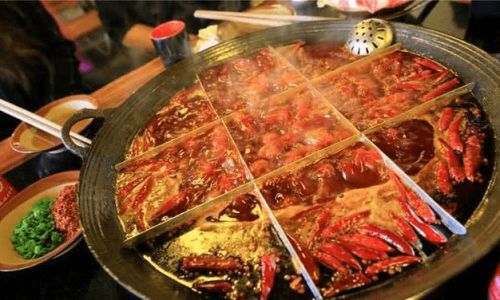
Understanding Hot Pot Ingredients and Their Shelf Life
Before diving into preservation techniques, it’s crucial to understand the components of hot pot and their individual shelf lives. Hot pot typically consists of:
-
Broth: The foundation of hot pot, broths can be made from bones, meat, vegetables, or a combination of these. Broths are highly perishable and require careful handling to prevent spoilage.
-
Meats and Seafood: These include thin slices of beef, pork, chicken, lamb, and various seafood options like shrimp, fish, and squid. These ingredients are highly susceptible to bacterial growth and must be stored properly to avoid food poisoning.
-
Vegetables and Mushrooms: Fresh vegetables and mushrooms add texture and nutrition to hot pot. They have a relatively shorter shelf life compared to other ingredients and should be consumed or preserved promptly.
-
Tofu and Other Plant-Based Proteins: Tofu, tempeh, and other plant-based proteins offer a meat-free alternative in hot pot. These ingredients can spoil if not stored correctly.
-
Sauces and Condiments: Hot pot is often accompanied by a variety of dipping sauces, chili oils, and condiments. While these have a longer shelf life, they still require proper storage to maintain freshness.
Preservation Techniques for Hot Pot Ingredients
Given the diverse nature of hot pot ingredients, a multi-faceted approach to preservation is necessary. Here’s how to preserve each component effectively:
Preserving Broth
Broth is the heart of hot pot, and its preservation is crucial. Here are several methods to extend the shelf life of your broth:
-
Refrigeration: For short-term storage (up to 3-4 days), pour cooled broth into airtight containers and store in the refrigerator. Ensure the broth is completely cool before refrigerating to prevent thermal shock and container cracking.
-
Freezing: For longer-term storage (up to 3 months), freeze broth in freezer-safe containers or heavy-duty freezer bags. Label the containers with the date and contents to keep track of storage times.
-
Canning: If you’re familiar with canning techniques, you can preserve broth by canning it. This involves heating the broth to a high temperature, sealing it in sterile jars, and processing it in a hot water bath or pressure canner. Canned broth can last for up to a year if stored in a cool, dark place.
-
Pasteurization: Commercial pasteurization equipment can extend the shelf life of broth significantly. While this method is typically used by food manufacturers, home pasteurization kits are also available for those interested in preserving large batches of broth.
Preserving Meats and Seafood
Meats and seafood are highly perishable and require immediate attention to prevent spoilage. Here are some preservation methods:
-
Refrigeration: For short-term storage (up to 2 days for seafood and 3-5 days for meats), place thinly sliced meats and seafood in airtight containers or wrap them tightly in plastic wrap. Use within the recommended timeframe to ensure freshness.
-
Freezing: For longer-term storage, freeze meats and seafood in single-serve portions. This not only extends their shelf life (up to 6 months for seafood and 9-12 months for meats) but also makes it convenient for future use. Use freezer-safe containers or heavy-duty freezer bags, and label them with the date and contents.
-
Vacuum Sealing: Vacuum sealing removes oxygen from the packaging, slowing down the spoilage process. This method can extend the shelf life of frozen meats and seafood by an additional 2-3 months compared to traditional freezing methods.
-
Marinating: While marinating doesn’t preserve meats and seafood indefinitely, it can enhance flavor and provide a layer of protection against bacterial growth. Use acidic marinades (like vinegar or lemon juice) sparingly, as too much acid can denature proteins and affect texture.
Preserving Vegetables and Mushrooms
Vegetables and mushrooms are delicate and have a relatively short shelf life. Here’s how to keep them fresh:
-
Refrigeration: Store fresh vegetables and mushrooms in the crisper drawer of your refrigerator. Wrap them loosely in paper towels to absorb excess moisture and extend their shelf life (typically 3-7 days depending on the type).
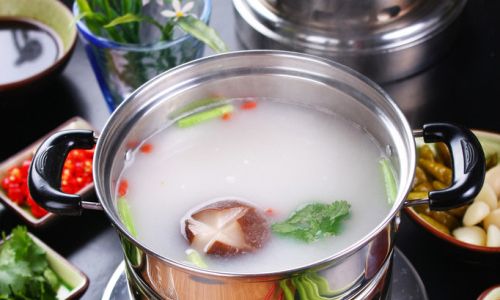
-
Blanching and Freezing: For longer-term storage, blanch vegetables and mushrooms in boiling water for 2-3 minutes, then plunge them into ice water to stop the cooking process. Pat them dry, place them in single-layer freezer bags, and freeze. Blanched and frozen vegetables can last for up to a year.
-
Dehydration: Dehydrate vegetables and mushrooms using a food dehydrator or your oven’s lowest setting. Dehydrated produce can be stored in airtight containers at room temperature for several months. Rehydrate them in water or broth before using.
-
Pickling: Certain vegetables, like cucumbers and carrots, can be pickled to preserve them. Pickling involves submerging vegetables in a vinegar-based brine, which creates an acidic environment that inhibits bacterial growth. Pickled vegetables can last for several months refrigerated.
Preserving Tofu and Other Plant-Based Proteins
Tofu and other plant-based proteins require careful handling to maintain their texture and flavor:
-
Refrigeration: Store unopened tofu in its original packaging in the refrigerator. Once opened, submerge it in water and change the water daily to prevent spoilage. Tofu can last for about a week refrigerated.
-
Freezing: For longer storage, freeze tofu in its original packaging or wrap it tightly in plastic wrap. Frozen tofu can last for up to 6 months. To use, thaw it in the refrigerator overnight and press out excess moisture before cooking.
-
Marinating: Marinate tofu in a flavorful liquid (like soy sauce, vinegar, or a combination of spices) to enhance its flavor and texture. Marinate for at least 30 minutes before cooking.
Preserving Sauces and Condiments
Sauces and condiments are less perishable than other hot pot ingredients but still require proper storage:
-
Refrigeration: Store opened bottles of sauces and condiments in the refrigerator to extend their shelf life. Most sauces, like soy sauce and chili oil, can last for several months refrigerated.
-
Canning: If you make your own hot pot sauces, consider canning them to preserve them for longer periods. Follow proper canning procedures to ensure safety and quality.
-
Freezing: Some sauces, like homemade chili sauce or broth-based dipping sauces, can be frozen in ice cube trays or freezer bags for future use.
Putting It All Together: Preserving a Complete Hot Pot Meal
Preserving an entire hot pot meal involves combining the above techniques to ensure each component remains fresh and flavorful. Here’s a step-by-step guide:
-
Prepare the Broth: Decide on your preferred preservation method for the broth (refrigeration, freezing, canning, or pasteurization) and follow the corresponding instructions.
-
Prepare Ingredients Separately: Prepare meats, seafood, vegetables, mushrooms, and plant-based proteins according to their individual preservation methods. This may involve refrigerating, freezing, blanching, dehydrating, pickling, or marinating.
-
Store Sauces and Condiments: Place opened sauces and condiments in the refrigerator. Consider canning or freezing homemade sauces for longer-term storage.
-
Assemble for Future Use: When ready to enjoy your preserved hot pot meal, thaw and prepare each component according to its preservation method. Assemble the hot pot as you would normally, using the preserved broth as the base.
Conclusion
Preserving hot pot requires a thoughtful approach to ensure each ingredient retains its flavor and texture. By understanding the shelf life of each component and applying appropriate preservation techniques, you can enjoy hot pot well beyond the initial cooking session. Whether you’re preserving individual ingredients or an entire meal, the key is to act quickly, store properly, and label everything to keep track of storage times. With these tips, you’ll be able to savor the warmth and flavors of hot pot anytime you desire.
This guide provides a comprehensive overview of how to preserve hot pot, covering each ingredient individually and offering multiple preservation methods for each. By following these steps, you can ensure that your hot pot meals remain delicious and safe to eat, even after being stored for extended periods. Enjoy your hot pot adventures!
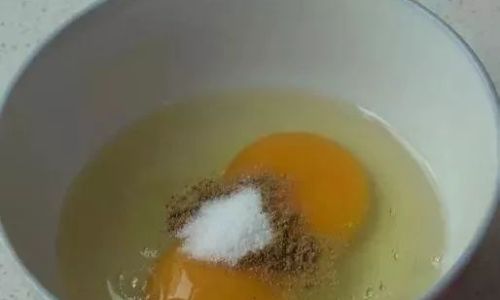
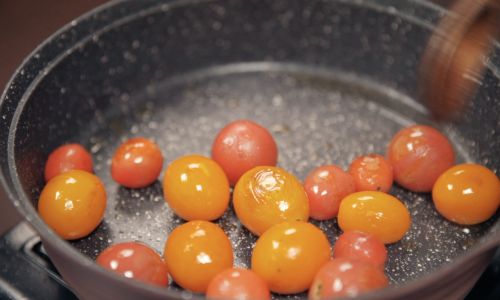
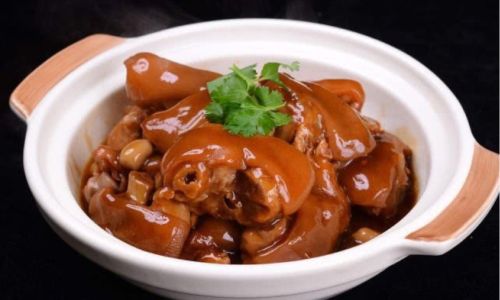
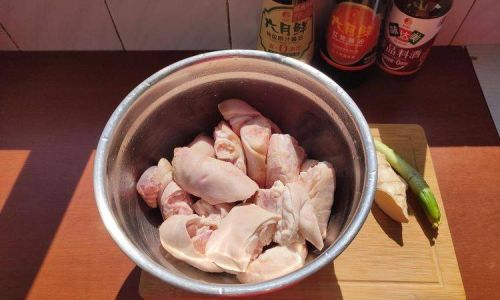
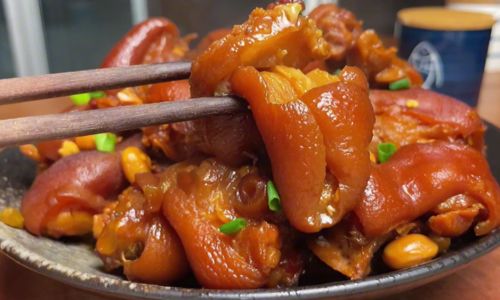
0 comments